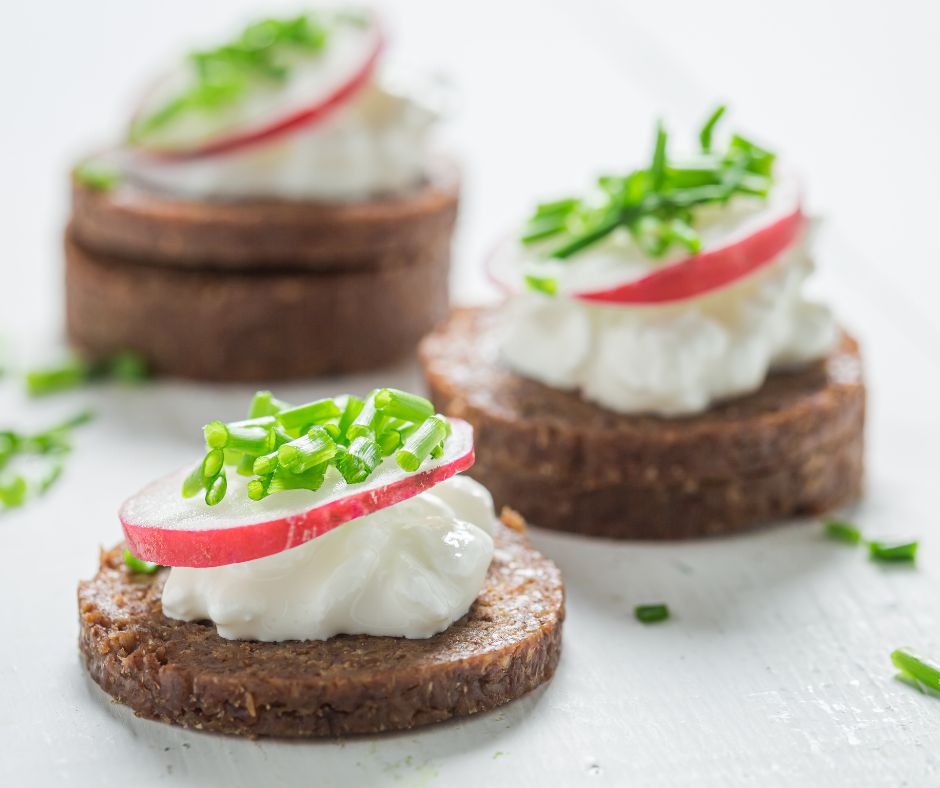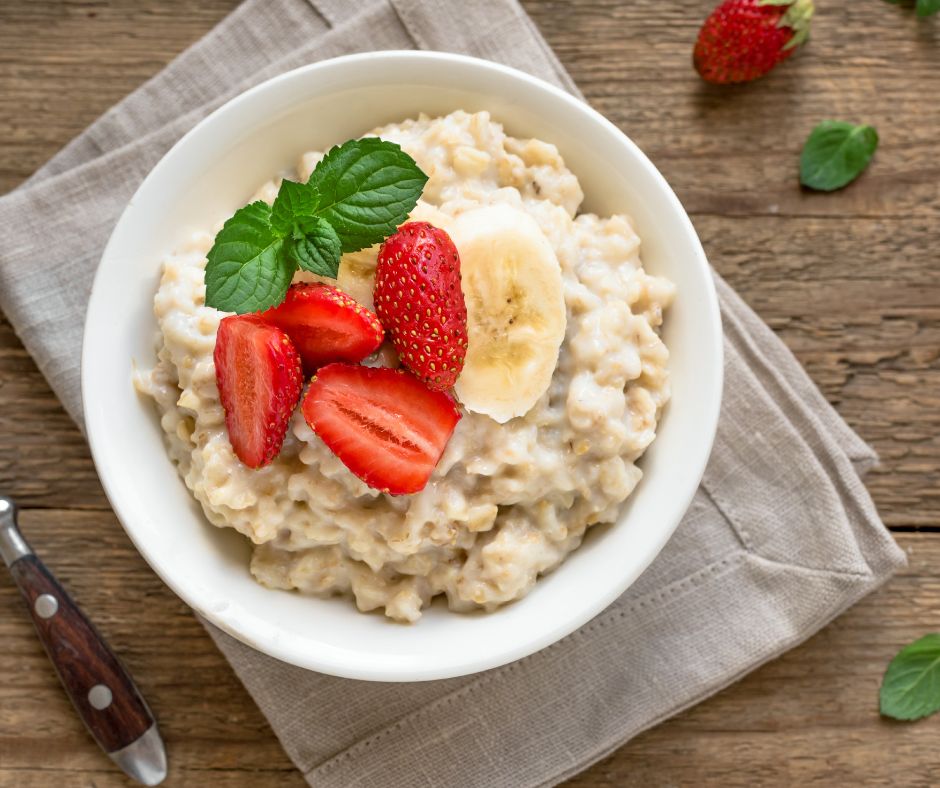Grain types (Getreidearten)
There are different types of crops with many different subspecies. Mostly, the names of the grain are not part of the basic vocabulary, but they are used on a daily basis – at least in Germany, the country of delicious bread. So let’s take a closer look at the different types of grain today.
Wheat (Weizen)
Wheat is grown a lot in Germany, but it is also eaten a lot. Wheat flour is the main ingredient for many breads, cakes, and pasta. Wheat has recently gotten a bad reputation, but whole wheat is not unhealthy. Only products made from pure white flour are questionable if eaten in large quantities. However, a piece of cake now and then won’t kill a healthy person.
By the way, spelt is a wheat subspecies and has been known for over eight thousand years. Therefore, spelt is considered a healthier alternative to common wheat, which is highly optimized in terms of breeding.

Rye (Roggen)

While the volume of wheat harvest have risen considerably since 1960, rye cultivation has remained relatively constant. Despite this, Germany is the world’s largest producer of rye. Compared to wheat, rye also plays only a minor role in bakery products. By definition, a rye bread (Roggenbrot) must contain at least 90% rye flour, otherwise it must be called “Roggenmischbrot” (rye mixed bread). By the way, the bread specialty from Westphalian “Pumpernickel” is a typical rye bread.
Barley (Gerste)
Hopfen und Malz – Gott erhalt’s (Hops and malt, may the Lord preserve it). For sure, everyone in Germany knows this saying. For brewing beer, malt is usually made from barley or wheat and is one of the four permitted ingredients in German beer. Yes, permitted! That’s because Germany has a beer law called “Reinheitsgebot” (purity order). Since seven beers replace a meal, barley is considered a staple food in Germany – just kidding! But barley ranks second in crop yields in Germany and is therefore an important source of income for agriculture, as it is for beer brewers.

Oats (Hafer)

Most people know oats from muesli or oatmeal, i.e. as oat flakes. In Germany, you can buy kernels and tender oat flakes. For kernel oat flakes, the grain is not crushed, while for tender oat flakes, the grain is crushed before further processing. However, both types contain all the components of the grain and are therefore equally digestible.
Corn (Mais)
The corn plant is the giant among the grains and can grow well over 2 meters tall. In Germany, corn is mostly sold in cans, as popcorn or as cornflakes. Corn on the cob for grilling is becoming more popular, but it is not available everywhere. By the way, there are many different corn subspecies. For example, the sweet corn we know from cans or grilled as corn on the cob is not suitable for making popcorn. The corn used for popcorn must have a hard husk for the kernel to explode.

There are other types of corn, such as rice and millet, but they are hardly ever grown in Germany. Of course, you can still buy these products.
New Vocabulary
Getreidearten – grain types
Weizen – wheat
Roggen – rye
Gerste – barley
Hafer – oats
Mais – corn
Can you tell the difference between the various types of grain?